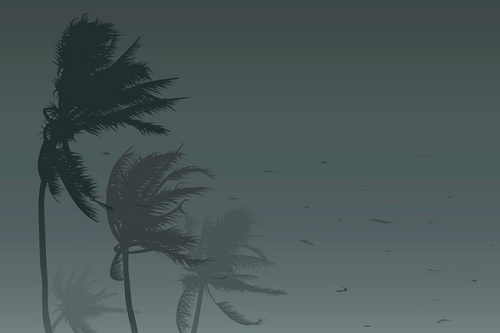

Catastrophe risk modelling firm AIR Worldwide released estimates that industry insured losses from Typhoon Faxai will be between ¥340 billion (US$3 billion) and ¥740 billion (US$7 billion).
According to AIR, Typhoon Faxai made landfall in Yokosuka, a southern suburb of Tokyo, at around 3am local time Monday, September 09, with one-minute sustained wind speeds of 170km/h. The typhoon crossed Tokyo Bay to strike Tokyo City, with winds still equivalent to a strong Category 2 hurricane.
Typhoon Faxai brought damaging winds across southeastern Honshu, along with storm surge and heavy precipitation to coastal regions. Storm surge was highest along the eastern shores of Tokyo Bay, with the Japan Meteorological Association recording a storm surge of over a meter in Mera, Chiba Prefecture. Izu City in Shizuoka Prefecture experienced 17 inches of rain in 24 hours through early Monday, with recorded rates of more than four inches per hour.
More than 900,000 residents in the prefectures of Chiba, Ibaraki, Kanagawa, Shizuoka, and Tokyo were left without electrical power after the typhoon’s winds felled two electrical towers and multiple utility poles. Many rice fields and fruit farms were also heavily damaged, just before harvest time.
AIR said that Typhoon Faxai surpassed Typhoon Higos for the strongest sustained wind speed at landfall in the region, and tied with 1958’s Typhoon Helen for the lowest recorded central pressure. It was comparable in strength to Typhoon Jebi in 2018, which devastated the southern Shikoku Island.
The modelling firm’s estimates included insured damage to property (residential, commercial, industrial, and agricultural/mutual), both structures and their contents, and automobile from wind and storm surge. It did not include losses from precipitation-induced flood and landslides, marine insurance losses, business interruption losses, loss adjustment expenses, and demand surge (the increase in costs of materials, services, and labour due to increased demand following a catastrophic event).
